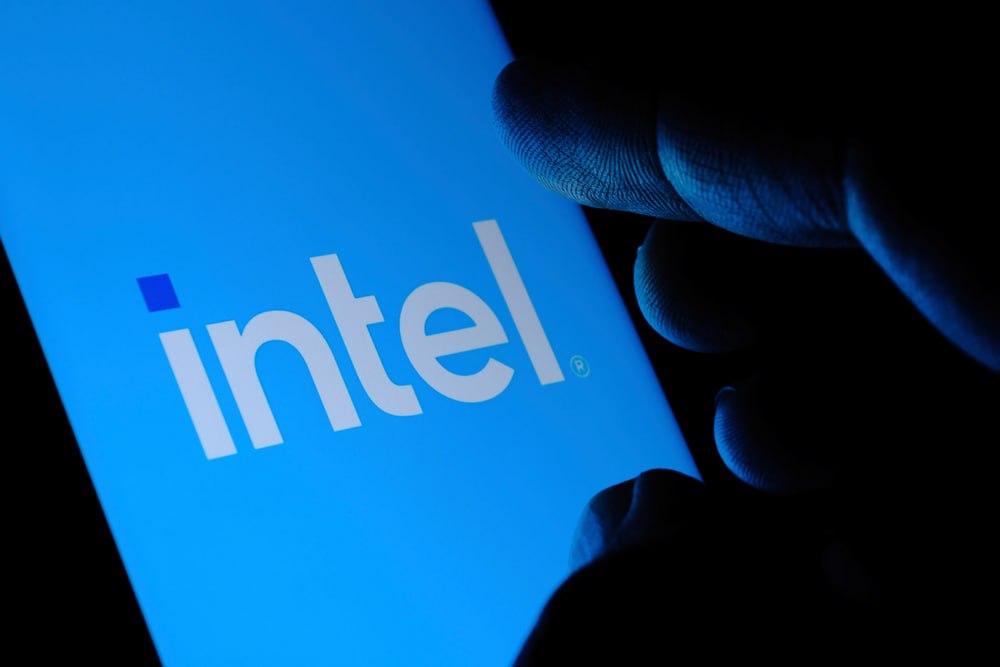Following the launch of ChatGPT, the text-based artificial intelligence (AI) chatbot by OpenAI, more platforms have emerged, and the technology has already proven its use in analyzing the trends in various markets, including the stock price of Intel (NASDAQ: INTC).
Finbold has consulted ChatGPT for insights as the price of the stock has increased by 64.5% year to date (YTD) and is currently trading at 43.96.

What does ChatGPT “think”
ChatGPT predicts that the Intel stock price could range from $28 to $42 per share at the start of 2024.
This range reflects the uncertainty in the market and the potential for Intel to either outperform or underperform expectations.
On the bullish side, ChatGPT notes that Intel could benefit from the continued growth of the cloud computing market and its efforts to expand into new markets such as autonomous vehicles and artificial intelligence.
The company initiated a share buyback program, which could help to boost the stock price in the short term.
However, ChatGPT also cautions that Intel faces several challenges, including increased competition from AMD and Nvidia and ongoing supply chain disruptions.
The chatbot outlines that transition to new chip manufacturing processes could be costly and lead to product development delays, and investors won’t be pleased with it.
“Intel is a solid long-term investment but the stock price could be volatile in the near term. Investors should carefully consider their risk tolerance before making investment decisions”, generated ChatGPT.
Intel stock price analysis
A synthesis of projections from 27 analysts on TipRanks over the previous quarter indicates a 12-month average price target of $37.39 for Intel.
This suggests a potential decline of 14.97% from its current price of 43.96, and a solid ‘Hold’ recommendation. Based on the last three months’ rating, INTC has received 5 ‘Buy’ ratings, 18 ‘Hold’ ratings and 4 ‘Sell’ ratings.
The stock’s price targets exhibit a wide range, spanning from a high of $56 to a low of $17. This stems from the uncertainty of whether the company has the potential to emerge as a leader in the microchip industry.
By 2026, Intel wants to compete for contracts to build high-performance microchips for companies ranging from Nvidia (NASDAQ: NVDA) to Qualcomm (NASDAQ: QCOM).
As semiconductor manufacturing is expected to become a trillion-dollar industry by 2030, according to McKinsey & Co.Intel is investing billions to develop chip factories all over the world as it seeks to dominate chipmaking.
This past summer, Intel announced plans to spend $33 billion to build two new chip fabrication plants in Germany, $4.6 billion on a chip plant in Poland, and $25 billion on a factory in Israel.
The company plans to build chip complexes in Ireland and France, as well as multiple plants in the U.S., including a $20 billion semiconductor plant in Ohio.
The success of the company hinges on its ability to execute the plan and become a leader in the chipmaking industry.
Buy stocks now with Interactive Brokers – the most advanced investment platform
Disclaimer: The content on this site should not be considered investment advice. Investing is speculative. When investing, your capital is at risk.









